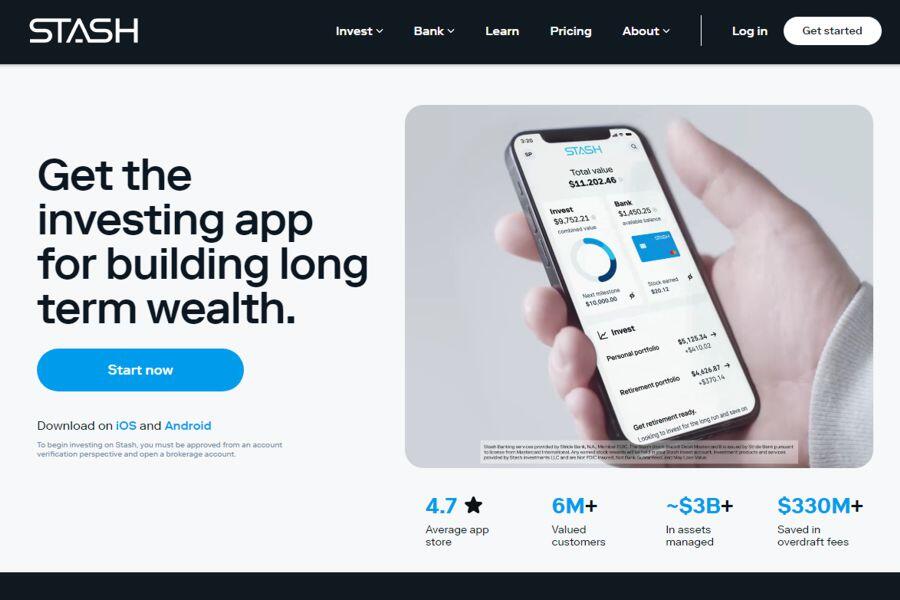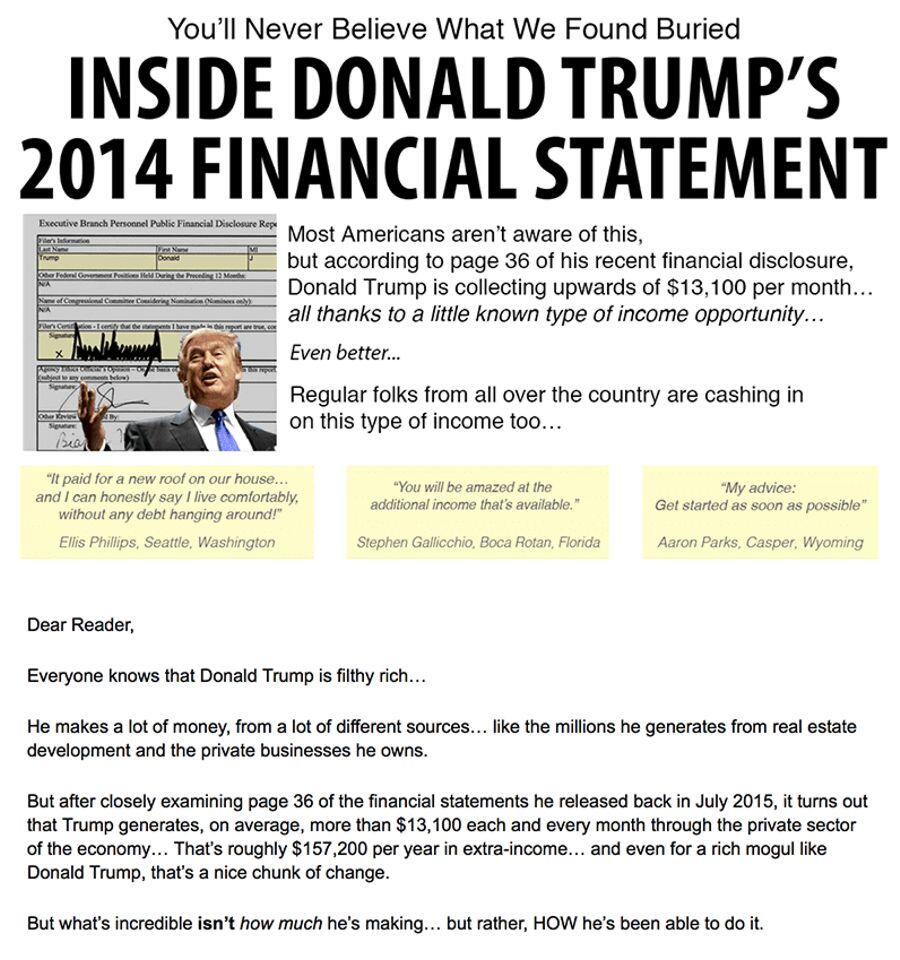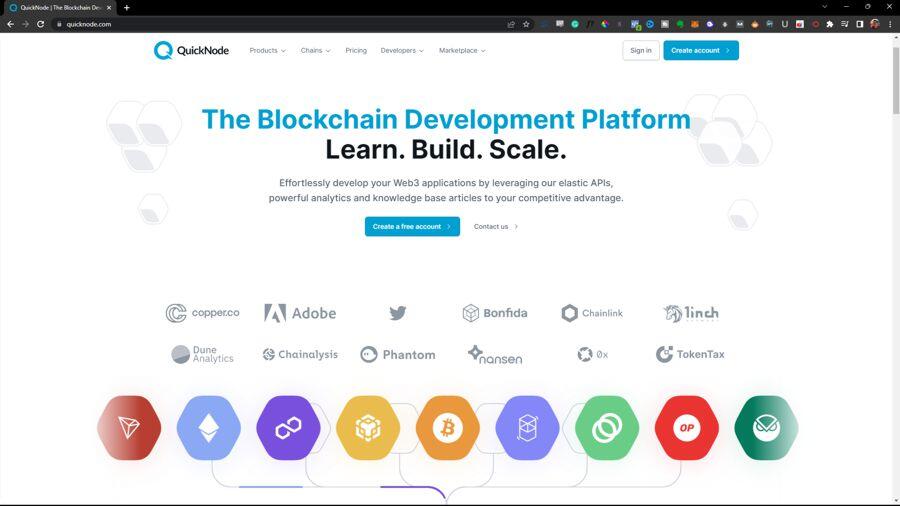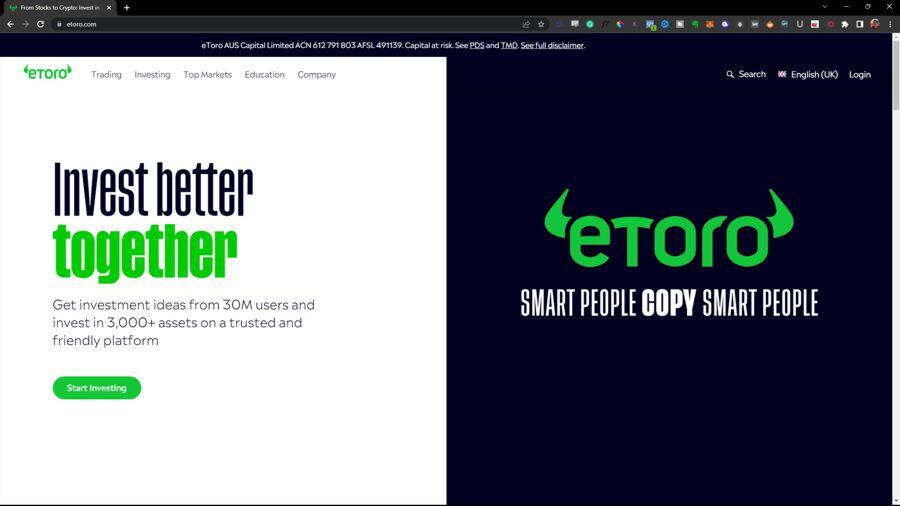The structure of your content can significantly influence how well it resonates with your readers and prompts them to take action. Well-structured content guides your readers through a compelling journey, making complex financial concepts digestible and engaging. To help your financial content make an impact, here are some valuable tips:
Start with a Strong Introduction:
The introduction is your first opportunity to hook your reader. It should resonate with them, ideally speaking to their needs, wants, or pain points. For example, if you're writing about investment strategies, your introduction might say, "Are you struggling to grow your investment portfolio? Discover proven strategies to maximize your returns." This addresses a common problem and promises a solution, piquing the reader's interest to continue.
Use Subheadings and Bullet Points:
Chunking your content into digestible bits makes it more accessible and less intimidating. Subheadings break up the text and guide the reader through your points, while bullet points efficiently present lists or key information. For instance, in an article about reducing debt, you could use subheadings like "Prioritize Your Debts," "Create a Budget," and "Consider Debt Consolidation." Under each subheading, use bullet points to detail specific steps or tips.
Incorporate Visual Aids:
Adding visuals like charts, graphs, or infographics can further break down complex financial information, making it easier to understand. For example, in a piece about the performance of a specific stock, include a graph illustrating its performance over the years.
Provide Real-World Examples and Case Studies:
Examples and case studies provide context, making abstract concepts more tangible and relatable. If you're explaining the benefits of compound interest, for instance, walk through a hypothetical scenario showing how an investment grows over time.
Use a Logical Flow:
Ensure your content progresses logically, each point building on the previous. This helps maintain your reader's interest and makes your argument more persuasive. In an article about planning for retirement, for instance, you might start with the importance of starting early, then discuss various retirement savings options, and finally offer tips to maximize those savings.
End with a Clear Call to Action (CTA):
After providing value through your content, guide your readers to the next step with a clear, compelling CTA. It could be "Sign up for our finance newsletter," "Contact us for a financial consultation," or "Download our guide to advanced investment strategies." A strong CTA provides a clear direction and encourages the reader to engage further with your content or service.
The structure of your content isn't just about organization—it's about creating a narrative that takes your readers on a journey. With a compelling structure, you can hold your readers' interest, make complex topics digestible, and guide them to action.



















